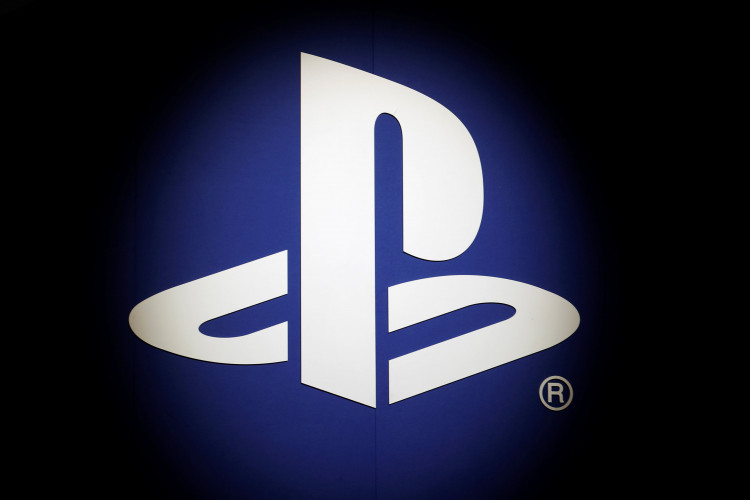This week, the fans waiting on PS5 release date updates were both good and bad news which affects PS4 and Xbox One gamers.
There are several speculations about what is coming to replace the prominent PS4 of Sony and Microsoft's Xbox One consoles. At the moment, reports suggest an announcement is being primed for 2019. This will serve as a welcome update for many console owners.
Meanwhile, the PlayStation 5 and Xbox Two will be announced in the coming months. It is safe to say PlayStation 5 will arrive in either early 2020 or late 2019. PS4 and Xbox One gamers who wait for the huge announcements must be ready to accept the bad and good news.
The good news is several reports appear to suggest that PS5 release date will be revealed in 2019. The bad news is it won't come any time soon. According to a certain report, Sony plans to host an event that will showcase the PlayStation 5.
However, this will not happen until the "mid-2019" as it suggests a date before E3. People must also remember Sony will not be a part of the big LA expo. The company reportedly plans their own events in 2019 and it will not hosts in the weeks leading up, or following the E3 2019.
Therefore, a mini event in May could have potentially conceived in their minds, which means it is a longer wait than some fans have expected. Sony has hinted the possibility of hosting more than one event this year. Fans will see something in May that focuses on the PS5. It will be followed by a larger convention as well.
There has also been the number of good news this week suggesting the PS5 could include a great fan-favorite feature. Several hints also suggest PS4 backward compatibility is included in the PlayStation 5.
Moreover, Sony patents citing such feature was found, making fans excited looking forward to playing their favorite PS4 exclusives on their next-gen machine. The patent has been filed privately and contains interesting language like the title said, "Remastering by emulation".
As for more information about the PlayStation 5, Express reported, "The unique identifier can be rendered by imposing a hash on the asset, and then the asset stored with its identifier in a data structure. An artist remasters the textures for presentation on a higher resolution display than envisioned in the original software, and stores them back in the data structure with their identifiers."



